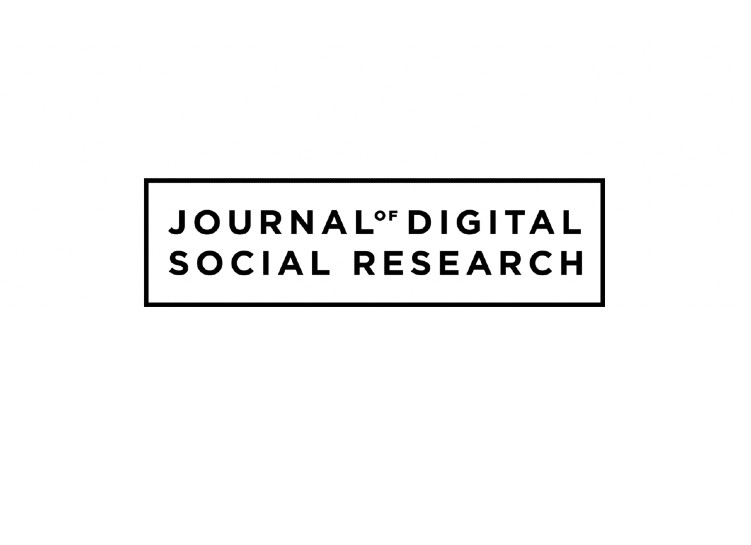In the early years researchers greeted the internet and digital data with almost wide-eyed wonder and excitement. The opportunities provided by digital media such as websites, bulletin boards, and blogs and later by social media platforms and mobile apps seemed nearly endless. Available across geographical distances and, in many instances, not bound by time, it was possible to observe and explore human expression, behavior, connections, and interactions in both new and old forms. And researchers were suddenly awash in data. Indeed, the bounty was so great that it required new methods for processing, organizing, and analyzing the information at hand. “Big data” became the new buzz, with expressions of hope and enthusiasm about all the insights to be gained from its sheer abundance.
Yet in all the excitement, it seems that the digital research community largely lost sight of something fundamental: a sense of what all these data actually represent. In this essay, I argue that moving forward, researchers need to take a critical look into, be more open about, and develop better approaches for drawing inferences and larger meaning from digital data. I suggest that we need to more closely interrogate what these data represent in at least two senses: statistical and contextual.


